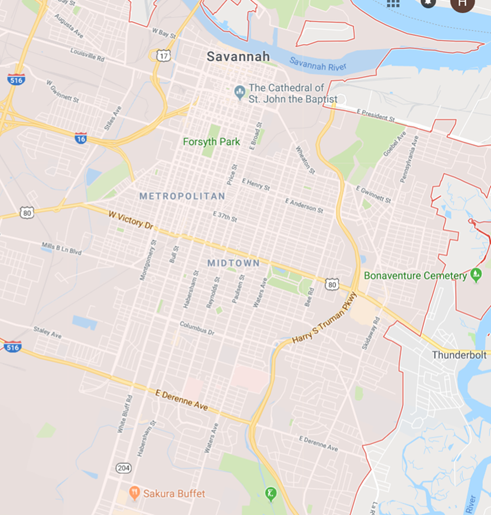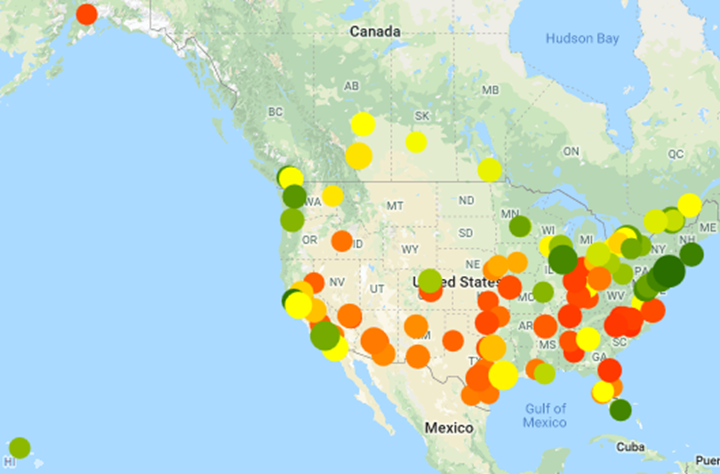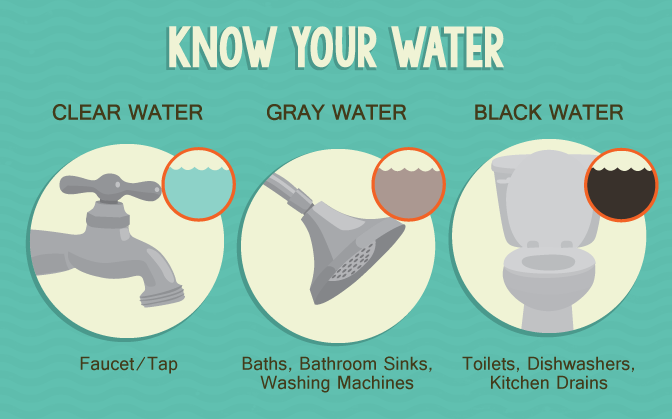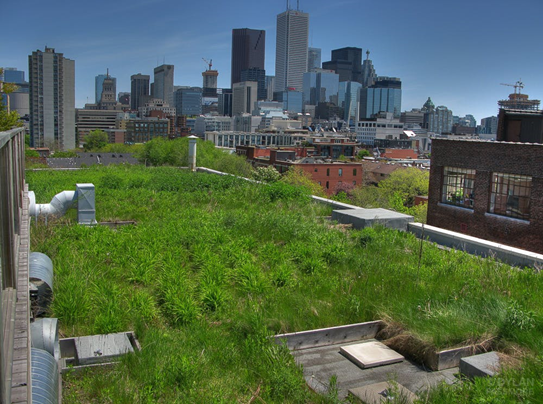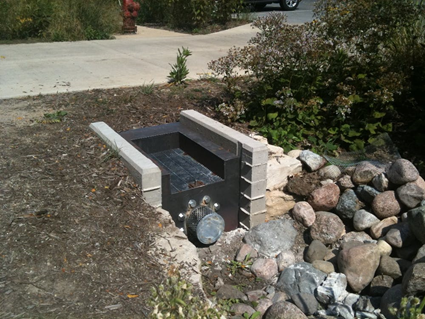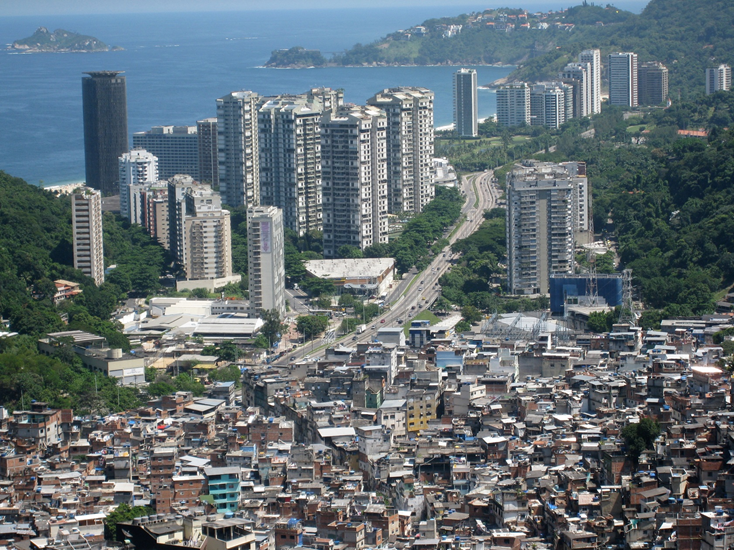Designing cities for people
- 1 Atlanta
- 2 Urban growth
- 3 The ecology of cities
- 4 Future of transportation
- 5 Redesigning urban transport
- 6 The return of bicycles
- 7 The 20 most bike-friendly cities on the planet
- 8 Walk score map
- 9 Reducing urban water use
- 10 Different types of water
- 11 Ways to reduce urban water use
- 12 Watershed
- 13 Development vs. water cycle
- 14 The rational method
- 15 Low impact development (LID)
- 16 Farming in the city
- 17 Food forests
- 18 Educational garden project at Emory University
- 19 Upgrading squatter settlements
- 20 Squatter settlement—Rio de Janeiro, Brazil
- 21 Cities for people
- 22 Discussion: Atlanta 2.0
1 Atlanta
2 Urban growth
Urban sprawl
- Expanding suburban areas
- Low-density development
Smart growth
- Concentrated growth
- High-density development
- Paradox of intensification (Melia et al., 2011)
- Reduced energy and car use
- Concentrated traffic and worse environmental conditions
3 The ecology of cities
3.1 Early cities
Early cities relied on outlying fields for food and water, but today we transport long distances, even globally to meet the demands of the people.
3.2 Modern cities
Cities now require a concentration of food, water, energy, and materials that nature cannot provide (or can it?).
Register and Penalosa say that cities should be designed for people, not cars.
This picture of I-85 in Atlanta, Georgia, demonstrates how cities are designed for cars. See all of the highway lanes and all of the cars. Where is the infrastructure for public transportation? Where is the sidewalk for pedestrians?
3.3 City designs
In the past, cities in the United States were designed with a main street which included stores and housing above the stores. Farmers lived just outside of the town. Most people either walked or rode horses for transportation.
Over time, as cities developed and the population grew, cities either developed on a grid system or randomly spread through a phenomenon called urban sprawl.
- Savannah, Georgia, is an excellent example of a planned city on a grid.
- Atlanta, Georgia, and the 15 metro counties, make a great example of urban sprawl.
3.4 Planned city vs. urban sprawl
3.5 Planned city
Today, city planners are exploring ways to create pedestrian and bicycle friendly sidewalks, green ways, parks/trails, and shopping areas.
Atlantic Station, a community in Atlanta, is an example of the new planned communities which include parking garages for cars to allow for the primary shopping, residential, and commercial areas to be pedestrian only.
4 Future of transportation
This short video clip explains the basic problems cities are now facing after decades of being designed for cars instead of people.
- Sharing cars
- Driverless cars
- SkyTran
- And more?
5 Redesigning urban transport
Most countries around the world, and many major cities in the United States, have public transportation. However, here in Georgia, we do not. Reflect on the following questions:
- If Marta went up I-985/Hwy 365 to reach the Gainesville Campus or Hwy 400 to the Cumming or Dahlonega or along Hwy 316 from Atlanta to Athens, and had a stop at each exit with a bus that ran every 15 minutes to the locations you wanted to go, would you ride it? Why or why not?
- What would metro Atlanta counties need to do to have better transportation rather than building multi-lane roads and encouraging people to drive?
- If there was a shuttle system between UNG campuses, would you take it instead of driving your own car?
6 The return of bicycles
What infrastructure and cultural changes do we need for cycling to become an acceptable form of transportation in the US?
7 The 20 most bike-friendly cities on the planet
How many US cities in there?
8 Walk score map
9 Reducing urban water use
Ways to reduce urban water usage:
- Water conservation
- Rainwater collection
- Underground water storage
- Water collection in parking lots
- Gray water usage
10 Different types of water
11 Ways to reduce urban water use
One way that we can reduce suburban water usage is to stop growing lawn grasses. Lawn grasses do not benefit the soil nutrients, are not a food source for humans, and waste a lot of water in drought prone areas.
- Lawn grasses are acceptable and even preferred by HOA
- Counter-productive
Reduce runoff from cities
12 Watershed
13 Development vs. water cycle
14 The rational method
\[Q=CIA\]
- $Q$: Runoff discharge (volume per time)
- $C$: Runoff coefficient (unitless)
- $I$: Rainfall intensity (depth per time)
- $A$: Watershed area (area)
15 Low impact development (LID)
15.1 Effects of low impact development
Improved water quality: LID reduces stormwater pollution and improved water quality increases property values and lowers clean-up costs.
Less costly floods: LID reduces the volume and speed of stormwater runoff and lessens the severity of flood events.
Restored aquatic habitat: LID reduces the amount of stormwater reaching natural streams.
Improved groundwater recharge: LID helps retain more rainfall on-site.
Enhanced neighborhood beauty: LID makes communities more beautiful, sustainable, and wildlife-friendly.
16 Farming in the city
- Community gardens
- School gardens
- Roof top gardens
Here are two short videos suggested by former students to show a community based and a corporate model for farming in the city:
- Urban Agriculture in Atlanta
- How Vertical Farms Bring Fresh Food To Booming Cities
- Singapore is the first to create “Vertical Farming” and what they call Sky Greens. This could be the future for cities around the world!
17 Food forests
A food forest is a gardening technique or land management system, which mimics a woodland ecosystem by substituting edible trees, shrubs, perennials and annuals. Fruit and nut trees make up the upper level, while berry shrubs, edible perennials and annuals make up the lower levels.
The Beacon Food Forest in Seattle, WA, will combine aspects of native habitat rehabilitation with edible forest gardening.
The goal of the Beacon Food Forest is to bring the richly diverse community together by fostering a Permaculture Tree Guild approach to urban farming and land stewardship. By building a community around sharing food with the public, we hope to be inclusive to all in need of food.
Many cities are exploring ways to incorporate food forests in parks and public areas.
18 Educational garden project at Emory University
19 Upgrading squatter settlements
Squatter settlements are any collection of buildings where the people have no legal rights to the land they are built upon. The people are living there illegally and do not own the land. They provide housing for many of the world’s poorest people and offer basic shelter.
Cities must decide to allow squatter settlements or to continually force people to move from the cities. Globally speaking, squatter settlements are where the majority of factory workers reside. The pay for a factory worker can be as little as $1.25 a day in some countries, so this temporary housing is all the worker can do.
20 Squatter settlement—Rio de Janeiro, Brazil
21 Cities for people
Cities designed for people need to meet our resource needs—food, water, shelter.
Cities designed for people need to provide ways to protect our air and water quality by reducing pollution from smog, littering, or runoff.
Cities designed for people need an infrastructure for walking, cycling, and public transportation to encourage people to choose other methods of transportation besides driving personal automobiles.
Later, you will watch a video on Life After People where the hypothetical situation of how cities convert to natural ecosystems without the influence of human ecology. Reflect on Utopian City Planning to mitigate environmental crises and meet the resource needs of people.
22 Discussion: Atlanta 2.0
The population of the city of Atlanta is 4.9 million. How would you architect a new metro city for 4.9 million people?
Scattered residential growth vs. compact residential growth
- Advantages and disadvantages with respect to environmental management



